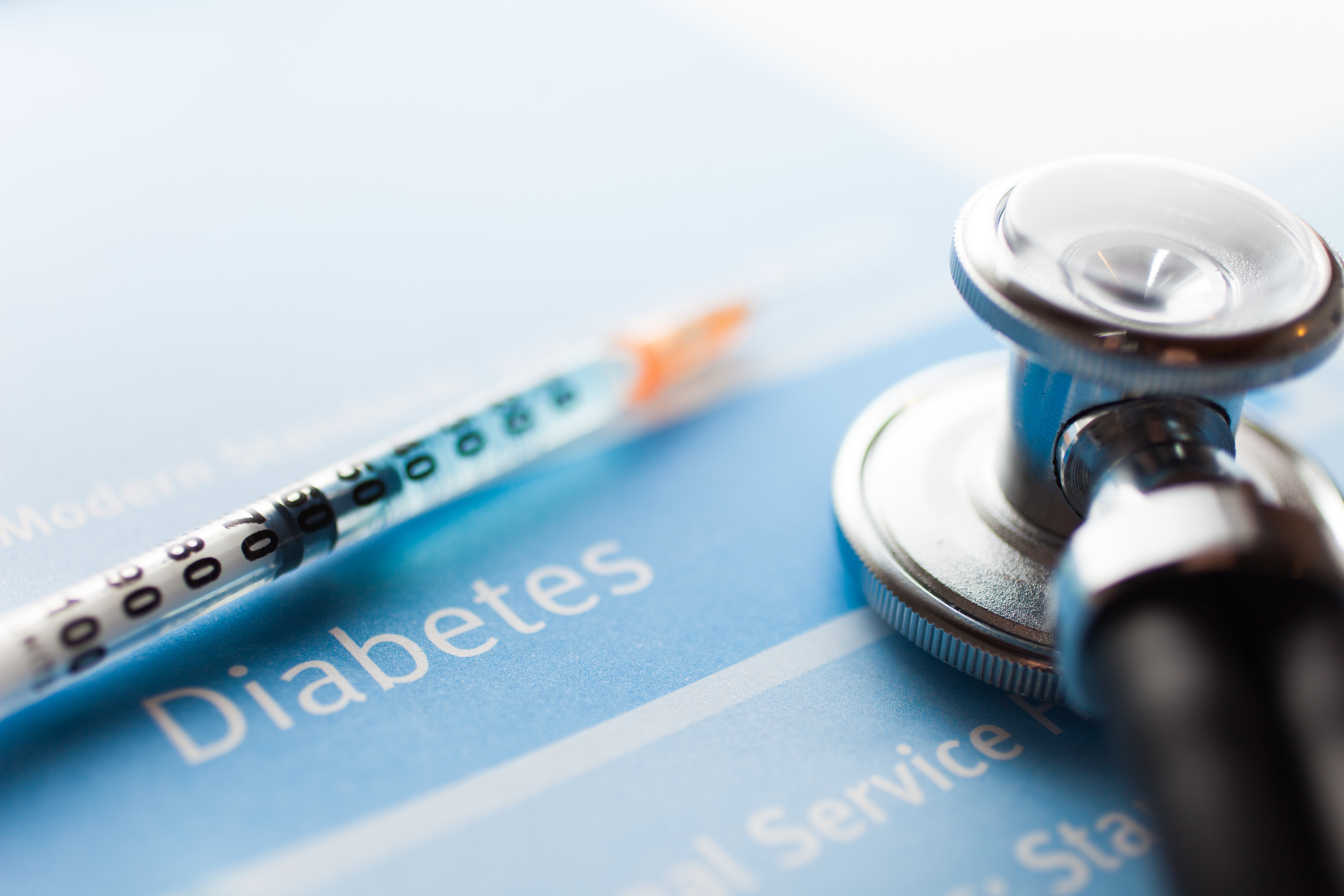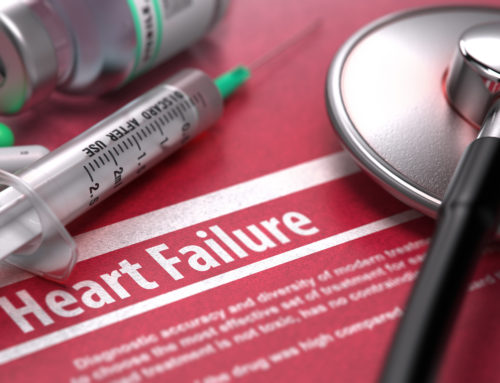The International Diabetes Federation (IDF) estimates that 371 million individuals are living with diabetes worldwide. This figure includes the 50 per cent whom, it is estimated, remain undiagnosed. There’s no doubt that the prevalence of diabetes is increasing across the world and it’s estimated that the figure will hit the half-billion mark by 2030. In addition, global diabetes healthcare expenditure is estimated at around the $470m mark.
In light of these alarming statistics, it’s obvious that intensive diabetes management is essential in not only controlling the disease on a daily basis but also in preventing complications. According to the Diabetes Control and Complications Trial (DCCT), one important step in disease management is facilitated by frequent self monitoring of blood glucose (SMBG).
Over the last twenty years or so, a number of accuracy standards have been proposed. In 1987 the ADA proposed standards for SMBG device accuracy which recommended total error should be less than ten per cent for 100 per cent of glucose concentrations 30 to 400 mg/dL, but, in 1996, this recommendation was revised to support a maximum analytical error of less than five per cent. At this point, a collaborative effort involving the International Organization for Standardization (ISO), international regulatory authorities, healthcare providers and SMBG manufacturers established minimum accuracy standards for SMBG devices. These were known as the ISO 15197 criteria and were originally released in 2003.
The major criticism of the original 2003 criteria was that the five per cent (one in 20) threshold was too high and so allowed for too many large, medically unacceptable errors. As a result, in 2013, the ISO ruling was revised, and an updated set of standards (ISO: 15197:2013) was published: standards which need to be met by blood glucose meter manufacturers by the end of May 2016.
So, what do these new ISO standards require?
Well, one of the driving factors behind the new criteria is that:
‘Medical experts involved in the development of this edition believed that better performing meters would result in more accurate insulin dosing and therefore should lead to better patient outcomes.’
While the 2003 ISO standards included system accuracy and user performance components, the new 2013 version include additional components such as the evaluation of instructions of use and influence quantities of interfering substances.
As a result, the system accuracy requirements are carried out by comparing blood glucose results of meters against the glucose level provided by a laboratory measurement. The user performance then evaluates the accuracy when the testing is performed by patients. This evaluation is designed to evaluate whether the instructions for the meter are clear enough.
As a result, the new ISO standards demand new blood glucose meter standards, ie, for high blood glucose levels, the ISO proposes a narrower range, while for both high and low levels, more readings (out of 100) must fall into the acceptable range.
Previously, in order for blood glucose meters to meet the system accuracy standards of the 2003 ISO, 95 per cent of blood glucose results had to be:
- Within ± 0.83 mmol/L of laboratory results at concentrations of under 4.2 mmol/L
(Within ± 15 mg/dl of laboratory results at concentrations of under 75 mg/dL) - Within ± 20 per cent of laboratory results at concentrations of 4.2 mmol/L (75 mg/dL) or more
The 2013 new, tighter accuracy standards (ISO: 15197:2013) require, however, that 95 per cent of blood glucose results should reach the following standard:
- Within ± 0.83 mmol/L of laboratory results at concentrations of under 5.6 mmol/L
(Within ± 15 mg/dl of laboratory results at concentrations of under 100 mg/dL) - Within ± 20 per cent of laboratory results at concentrations of 5.6 mmol/L (100 mg/dL) or more
The 2013 guidelines also now stipulate that 99 per cent of readings must fall within zones A and B of the Consensus Error Grid for type 1 diabetes.
Needless to say, manufacturers are striving to prove that their SMBG devices meet the system accuracy component of the 2013 ISO standards. There’s no doubt that tighter standards should lead to more accurate SMBG devices; however, patient-focused efforts are also required to improve barriers that will not be overcome by even the most accurate meters, including poor adherence to prescribed SMBG frequency and patient error in storage, sampling technique, and reading and interpretation results.
Nevertheless, in the interim, the new standardisation has been welcomed by those involved in working with diabetic patients.
‘We welcome the new ISO standard for self-testing glucose monitoring systems,’ said Simon O’Neill, Director of Health Intelligence and Professional Liaison at Diabetes UK. ‘The more accurate the readings of blood glucose testing for people with diabetes, the more they can rely on those test results to make adjustments to food, physical activity and medication (including insulin) and the better their ability to manage their condition and avoid costly complications such as heart disease, stroke and amputation.’
Improved Patient Adherence
Some factors that contribute to accuracy are actually under the control of the patient themselves so the following tips should be suggested to them:
Hand washing: If the patient has been handling food or drinks, or has been using some hand or body lotions, the meter reading could be affected, so it’s vital that the patients washes their hands with soap and then dries them completely before pricking their finger.
Testing, then testing again: If the patient’s reading comes up contrary to what they expected, and they can’t explain the reading based on previous experience (food intake, exercise, etc), then they need to test near the same site again.
Taking care of strips: It has been clearly proven that mishandled test strips can lead to errors. In fact, a 2005 study at East Carolina University in the States found that, once a vial of test strips was opened, it kept the longest in a refrigerated setting (35 to 50 days) and went bad most quickly in direct light and humidity (three to fourteen days). Test strips need to be kept out of direct sunlight, away from moisture, and at room temperature or cooler (but not freezing).








